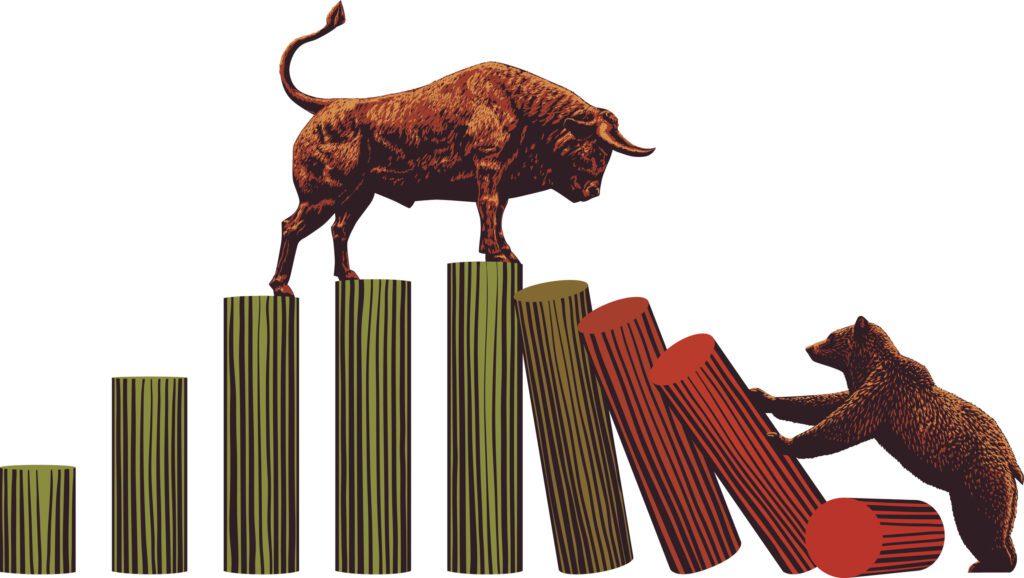A few weeks ago, I reported on the first six months’ progress in the investment world. What a difference a few weeks make! On July 16, the S&P 500 made a new closing high of 5,667, up over 18 percent for the year to that date. Monday it closed at 5,186, lower by almost 8.5 percent.
In early July, it seemed the sky was the limit for stocks or perhaps the Magnificent Seven would even grow on up through the sky. The popularity of AI or Artificial Intelligence reminded me of the euphoric attitudes toward the original internet stocks in 1999. Do you remember that a company was valued by the number of eyeballs viewing the website?
Now the specter of recession has loomed its ugly head and no one can imagine how low the indexes may drop. All because new hiring has finally slowed down for a period?
Any price trend with a dizzying trajectory for too long without a correction will finally fall enough to scare most investors. From July 16 through the 5th, only one of the 11 sectors has positive results. That one is Utilities with a whopping .76 percent gain. It should be no surprise that Technology has plunged the worst with a loss of 13.8 percent.
Being the history nut I am, let me remind you that the worst quarter of almost every year is the third quarter. September is statistically the worst in performance, but market price corrections usually occur any time between July and the first half of October.
Of course, I am my typical optimistic self in spite of this downward break in the price trend. Why? This is opportunity disguised as volatility. Volatility is that awful thing that you do not like to experience, unless like a few of my friends, you really like rides like those of Worlds of Fun. Even those people do not usually like it in the form of their investment values.
Before you run for the money market fund, consider that there are not only 11 company sectors in an economy, but by some measures, there are 197 industries. Even though stocks do tend to rise or fall together, some companies are always bucking the downtrend. Therefore, one can adjust the boat’s sails so to speak and buy some of the dozens of industries and stocks that have been having awful results.
The highest increase is Tobacco companies at 6.15 percent. No big surprise there since recessions and hard times might make smokers light up even more from the stress. But others over 4 percent higher include Regulated Electric Utilities, Medical Distribution, Insurance Brokers and Specialty Finance companies.
Among the worst industries were Auto Manufacturers, Airports and Air Services, Semiconductors and Semiconductor Equipment and Materials companies. The surprise to me is silver producers coming in third from last at a 22 percent loss and Aluminum producers at dead last with a 27 percent fall.
I suppose the scariest part of all this is the uncertainty. If you buy and hold forever, you should be fine within a matter of months or years, meaning back up to the July high point. But in the start of this century, it took six or seven years to recover to the former high and five years to reach the high of 2007. Fortunately, those are exceptions to the more common experience.
Since it is a matter of probabilities and time really does equal money, some of us like to sell higher and buy lower instead of just talking about it.
If you are sailing, adjusting the sails is an absolute necessity. But in investing, you can have a smoother ride and hopefully sleep better. The worst decision is to sell now and then reinvest after markets reach new high points again. Do not do that!
(Past performance is no guarantee of future results. The advice is general in nature and not intended for specific situations)
(Statistics are from Worden Brothers, Inc., TC2000 software, 2024.)

